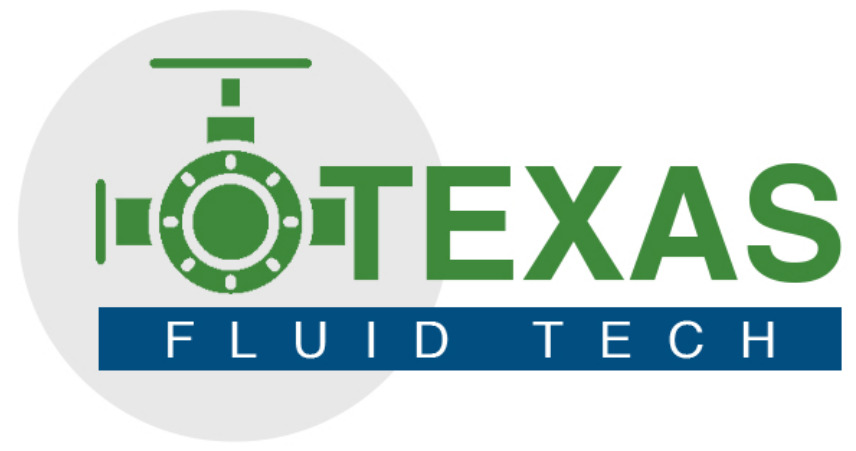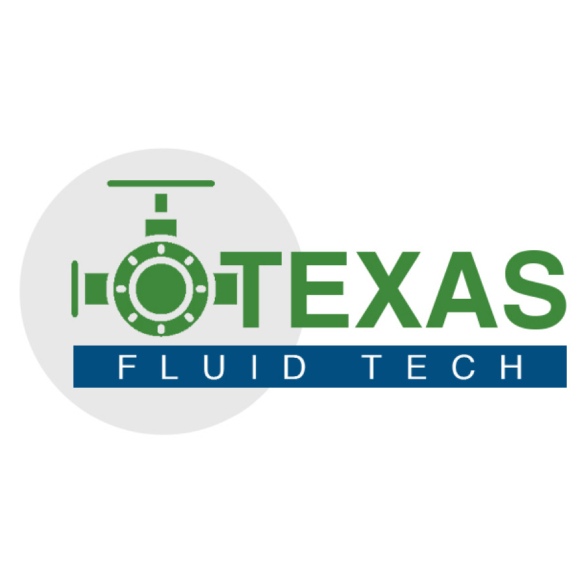Description
PTFE Lined Lug Type Butterfly Valve Description
A PTFE lined lug type butterfly valve is a quarter-turn valve that uses a rotating disc to control the flow of a fluid. The disc is lined with PTFE (polytetrafluoroethylene), a highly inert and non-stick material that makes the valve suitable for handling a wide range of corrosive and abrasive fluids.
The lug type design of the valve allows it to be easily bolted to a pipeline. The valve is also equipped with a lever for manual operation, or it can be automated with an actuator.
PTFE lined lug type butterfly valves are commonly used in a variety of industries, including chemical processing, petrochemical, food and beverage, and pharmaceutical. They are well-suited for applications where high corrosion resistance and low flow resistance are required.Contact us today for expert consultation.
PTFE Lined Lug Type Butterfly Valve Specification
| Name | Material |
| Body | CI, DI, WCB, CF8,CF8M… |
| Stem | Carbon steel with galvanization, SS420, SS304, SS3316 |
| Disc | DI, CF8, CF8M, C95400 |
| handle | Iron or aluminum |
| Seat | EPDM, NBR, VITON,SILICON,PTFE |
PTFE Lined Lug Type Butterfly Valve Features:
• Valve body is made of carbon steel or stainless steel materials. Lug-style end connections have threaded holes that align with piping flanges for easy installation.
• Interior of valve body and disc are lined with a PTFE liner that is bonded to the substrate. PTFE provides excellent chemical compatibility and can handle temperatures up to 500°F.
• Disc is often made of stainless steel for strength and rigidity. A stainless shaft connects the disc to the manual or automated actuator.
• The PTFE liner enables tight shut-off and zero leakage across the disc and seat interface. This maintains product separation and prevents dangerous emissions.
• Size range is typically 2” to 48” diameter valves with pressure ratings of 150 psi or higher. Suitable for a wide range of fluids.
• Quarter-turn operation enables fast opening and closing. The lightweight disc requires less operating torque.
• Suitable for corrosive chemicals, polymers, water treatment, acids, caustics, mining slurries, and other abrasive or viscous fluids.
• Routine maintenance checks for liner wear, leak tightness, disc alignment, and smooth operation are advised. Liner replacement may be required periodically.
PTFE Lined Lug Type Butterfly Valve Advantages:
• Excellent corrosion and chemical resistance – The PTFE liner provides outstanding resistance to a wide range of corrosive fluids and vapors, including acids, caustics, halogens, and amines. This allows use with aggressive chemicals.
• Abrasion resistance – The slick PTFE liner minimizes damage from solids and slurries flowing through the valve. This maintains longevity in applications with abrasive media.
• Temperature resistance – PTFE liners enable use at temperatures from cryogenic up to 500°F continuously. The valves can also handle short term peaks up to 600°F.
• Low torque operation – The self-lubricating PTFE liner allows easy quarter-turn operation and smooth cycling of the valve with lower actuation torque required.
• Tight shut-off – The resilient PTFE seat provides class VI shut-off per ANSI/FCI 70-2 for zero leakage and no fugitive emissions. This maintains product separation.
• Cost effective – PTFE lined valves provide excellent value, outperforming rubber and other liners in terms of durability, performance, and longevity.
• Easy maintenance – The PTFE liner and seals can be replaced in-line after extended usage. No need to remove the valve or piping.
• Custom engineered – Valves can be tailored in terms of materials, size, pressure rating, actuation, and other features for optimized performance per application.
PTFE Lined Lug Type Butterfly Valve Applications:
• Chemical Processing – Used extensively in chemical plants to control flow of corrosive chemicals like acids, caustics, chlorine, polymers, and organic chemicals. The PTFE liner provides excellent corrosion resistance.
• Water Treatment – Used to regulate injection of coagulants and flocculants for water clarification. Also used for isolation of filters and other equipment during maintenance. Handles abrasive slurries well.
• Mining – Used to control and isolate flows of mineral slurries and corrosive acid mine drainage water. Protects against wear and leakage.
• Petrochemical – Used in refineries and offshore platforms to control hydrocarbon streams at high temperatures. Provides tight shut-off to prevent fugitive emissions.
• Pulp & Paper – Used to regulate flows of abrasive wood pulp slurries with fibrous content. Prevents erosion of valve internals.
• Power Generation – Used in flue gas desulfurization systems to control slurry flows and in steam boiler blowdown lines with hot fluids.
• Chemical Tank Farms – Used for loading/unloading of chemicals like solvents, acids, polymers between storage tanks and trucks/railcars. Provides reliable on/off control.
• Food & Beverage – Used to regulate process and cleaning fluids with solid content in sugar processing, brewing, dairy, etc. Handles frequent cycling.

